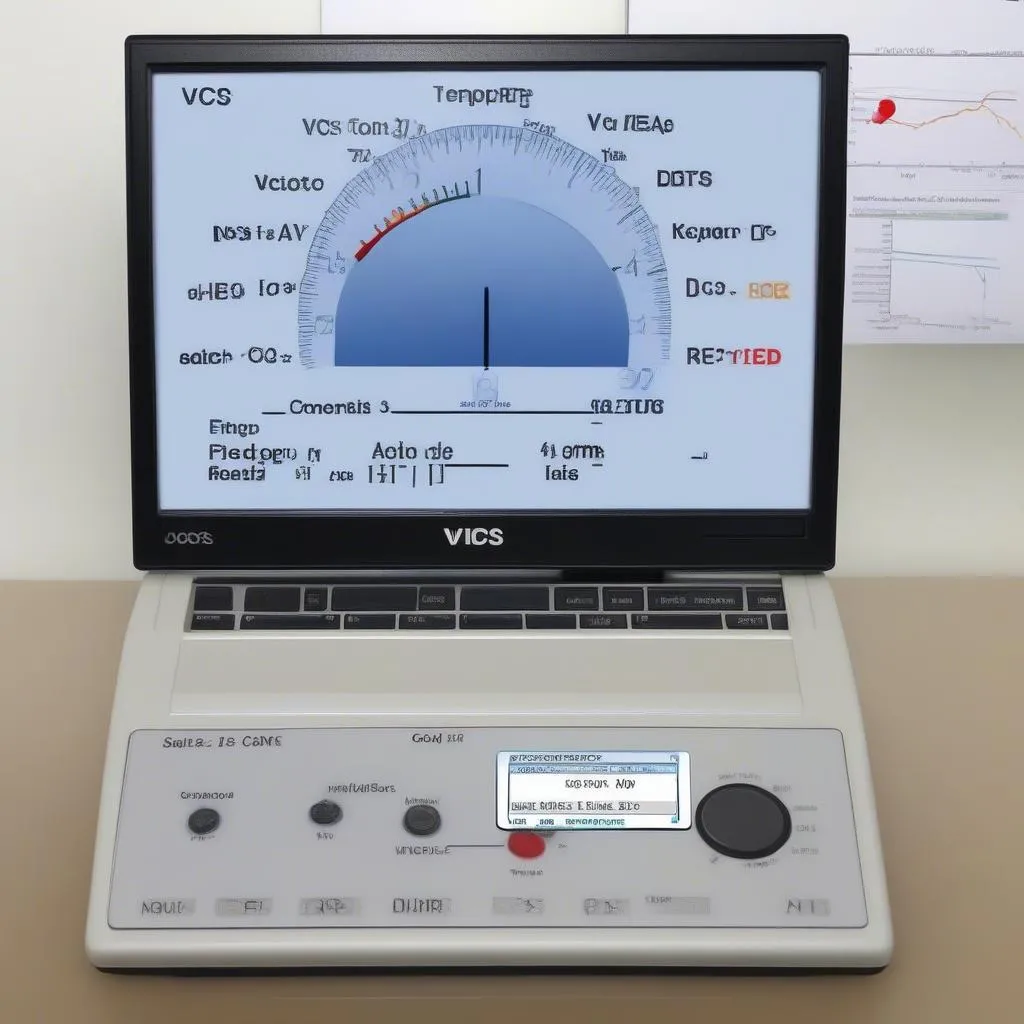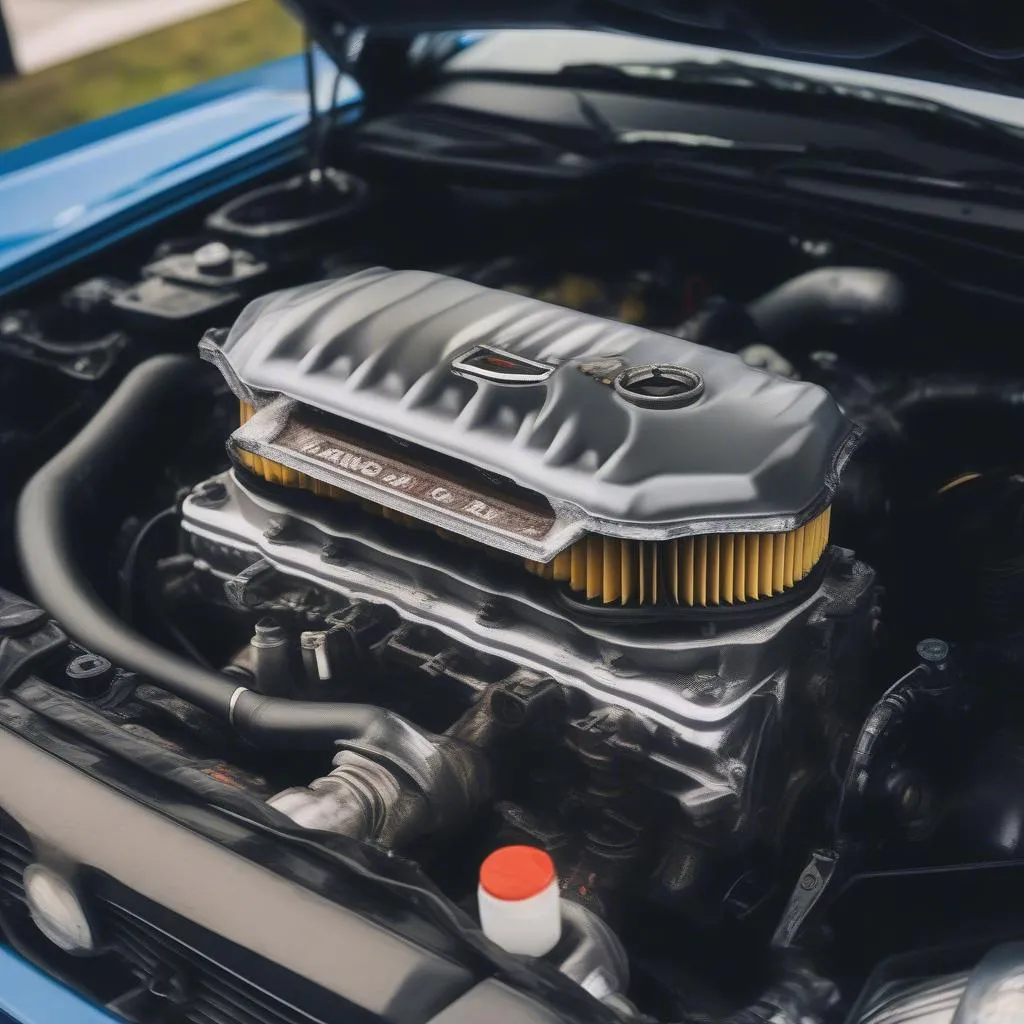One of the most critical systems in your vehicle is the cooling system, responsible for maintaining optimal engine temperature. Overheating can lead to significant engine damage, making it crucial to keep a close eye on your car’s coolant temperature. This is where VCDS (Vag-Com Diagnostic System) comes into play, providing valuable insights into your vehicle’s cooling system.
VCDS is a powerful diagnostic software that allows you to access and monitor various engine parameters, including coolant temperature. By understanding how to interpret VCDS coolant temperature readings, you can identify potential issues early on and prevent costly repairs.
How to Check Coolant Temperature with VCDS
Checking your car’s coolant temperature using VCDS is a straightforward process. Here’s a step-by-step guide:
- Connect: Connect your VCDS interface to your vehicle’s OBD-II port and turn on the ignition.
- Launch VCDS: Launch the VCDS software on your computer and establish communication with your vehicle.
- Select Engine Module: Navigate to the “Select Control Module” section and choose “Engine.”
- Access Measuring Blocks: Go to “Measuring Blocks – 08” and select the measuring block group that contains the coolant temperature reading. This group may vary depending on your specific vehicle model, but it’s usually found under labels like “Engine Coolant Temperature” or similar.
- Interpret the Reading: The VCDS will display the coolant temperature in either Celsius or Fahrenheit. Ensure you understand the unit of measurement being used.
 VCDS Coolant Temperature Reading
VCDS Coolant Temperature Reading
Interpreting VCDS Coolant Temperature Readings
Understanding what constitutes a normal coolant temperature range is key to identifying potential problems. Ideally, your engine should operate within a temperature range of 88°C to 105°C (190°F to 221°F).
- Low Coolant Temperature: If the reading is significantly lower than this range, it might indicate a malfunctioning thermostat stuck in the open position, preventing the engine from reaching optimal operating temperature.
- High Coolant Temperature: On the other hand, if the temperature exceeds the normal range, it could point to issues like a coolant leak, a faulty water pump, a clogged radiator, or even a failing head gasket in severe cases.
 Car Engine Overheating
Car Engine Overheating
Expert Insight: “Consistently high coolant temperatures should never be ignored,” says automotive engineer Dr. Emily Carter from the University of Michigan. “It’s crucial to address the root cause promptly to prevent catastrophic engine damage.” Her book, “Automotive Cooling System Diagnostics,” delves into common causes of overheating and troubleshooting techniques.
Common VCDS Coolant Temperature Issues and Troubleshooting
Let’s explore some frequently encountered VCDS coolant temperature issues and how to troubleshoot them:
1. Fluctuating Coolant Temperature Readings:
- Possible Cause: This could be due to a faulty coolant temperature sensor sending inaccurate signals to the ECU.
- Troubleshooting: Inspect the sensor for damage or corrosion and replace it if necessary.
2. Coolant Temperature Remains Low:
- Possible Cause: This often indicates a thermostat stuck open, preventing the engine from reaching operating temperature.
- Troubleshooting: Replace the thermostat. It’s recommended to use a high-quality thermostat to ensure proper function and longevity.
 Car Thermostat
Car Thermostat
3. Coolant Temperature Rises Above Normal:
- Possible Causes: This could be due to various issues such as low coolant levels, a faulty water pump, a clogged radiator, a malfunctioning fan clutch, or even a head gasket leak in severe cases.
- Troubleshooting: Check the coolant level and top it up if necessary. Inspect the water pump for leaks or unusual noises and replace it if faulty. Examine the radiator for blockages and clean or replace it as needed. If you suspect a head gasket leak, further diagnosis by a qualified mechanic is essential.
